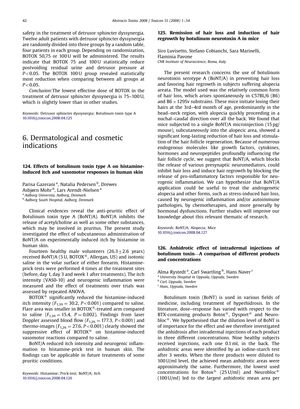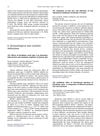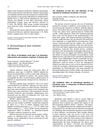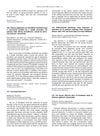Anhidrotic Effect of Intradermal Injections of Botulinum Toxin—A Comparison of Different Products and Concentrations
May 2008
in “
Toxicon
”

TLDR Different botulinum toxin products and concentrations can effectively reduce sweating, itching, bladder pressure, hair loss, and muscle spasms.
The document reports on various studies examining the effects of botulinum toxin (BoNT) for different medical conditions. One study involving 12 adult patients with detrusor sphincter dyssynergia found that BOTOX at doses of 75 and 100 units significantly reduced postvoiding residual urine and detrusor pressure, with the 100 unit group showing the most reduction. Another study with 14 healthy male volunteers demonstrated that BOTOX significantly reduced histamine-induced itch intensity and vasomotor responses in human skin. A third study found that a single subcutaneous microinjection of BoNT/A in mice led to a significant reduction in hair loss and stimulated hair follicle regeneration, suggesting potential applications for treating alopecia. Additionally, a study on the anhidrotic effect of intradermal injections of BoNT in nine healthy subjects identified optimal concentrations for different BoNT products to achieve anhidrosis. Lastly, a study on 166 patients treated for palmar hyperhidrosis with BoNT reported that bilateral forearm intravenous regional anesthesia provided effective pain relief during treatment, with no serious side effects or nerve damage observed. The document also mentions the successful use of BoNT injections for treating painful conditions associated with Pachonychia congenita and Epidermolysis bullosa simplex, as well as a pilot study and a randomized controlled trial (RCT) on the use of BOTOX for pelvic floor dysfunction, which showed decreased pain and pelvic pressures, with a follow-up indicating significant pain reduction and decreased muscle spasm in patients.



